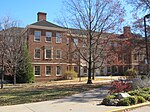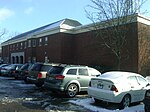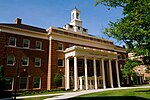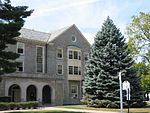Culler Hall (Miami University)
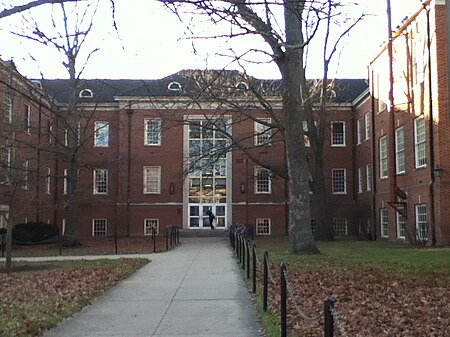
Culler Hall was a classroom building at Miami University in Oxford, Ohio. Its construction was completed in 1961. With the dedication of Culler Hall on Sunday, January 29, 1961, John B. Whitlock (Chairman of Building and Grounds Committee for the board of trustees) presented Culler Hall as a new building with classrooms and laboratories dedicated to the study of mathematics, physics, and aeronautics. Built from 1959 to 1961, Culler Hall construction warranted the cutting down of around 60 trees (many of which were very old and found to be dying from within upon removal). The clearing of these trees led to the creation of the protected Bishop Woods. In October 1957, then president of Miami University, Dr. John D. Millett, contacted architects from Cellarius and Hilmer Architects to estimate the cost of adding air-conditioning into Culler Hall during its creation. This warranted 8 inches more for each floor, creating a necessary amount of about $43,000 more for the project. The center of the U-shaped structure had an impressive glass front entrance showing off the Foucault Pendulum within.Culler Hall was renovated on the inside with its shell largely unchanged when it was converted into the east wing of the Armstrong Student Center within Phase 2 of construction.
Excerpt from the Wikipedia article Culler Hall (Miami University) (License: CC BY-SA 3.0, Authors, Images).Culler Hall (Miami University)
East Spring Street, Oxford Township
Geographical coordinates (GPS) Address Nearby Places Show on map
Geographical coordinates (GPS)
| Latitude | Longitude |
|---|---|
| N 39.507658333333 ° | E -84.732483333333 ° |
Address
Armstrong Student Center
East Spring Street 550
45056 Oxford Township
Ohio, United States
Open on Google Maps
